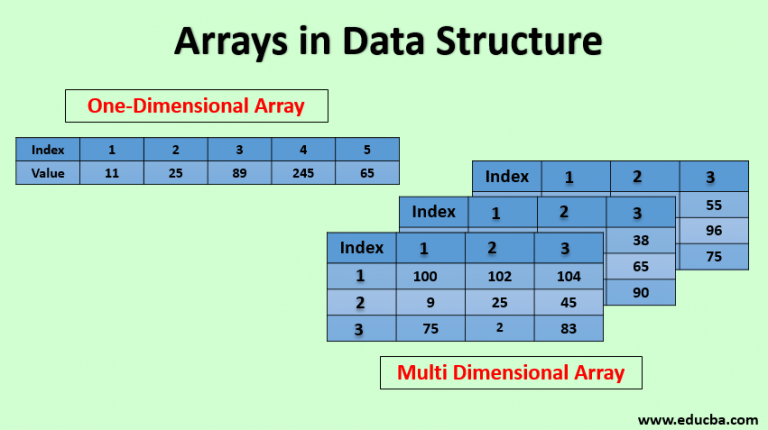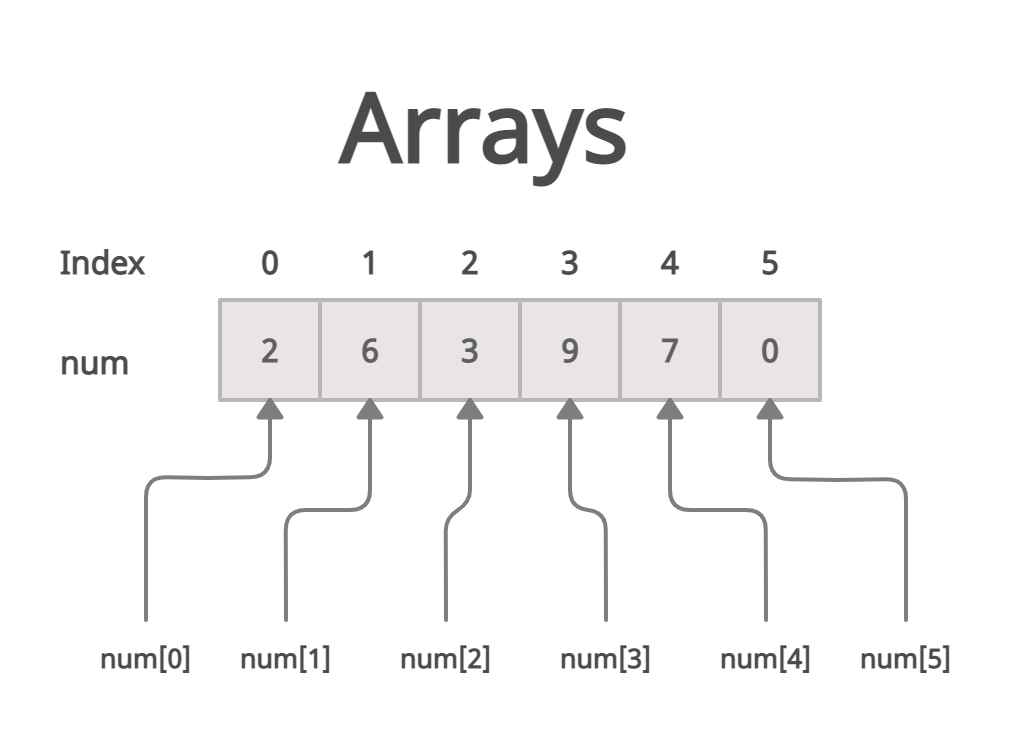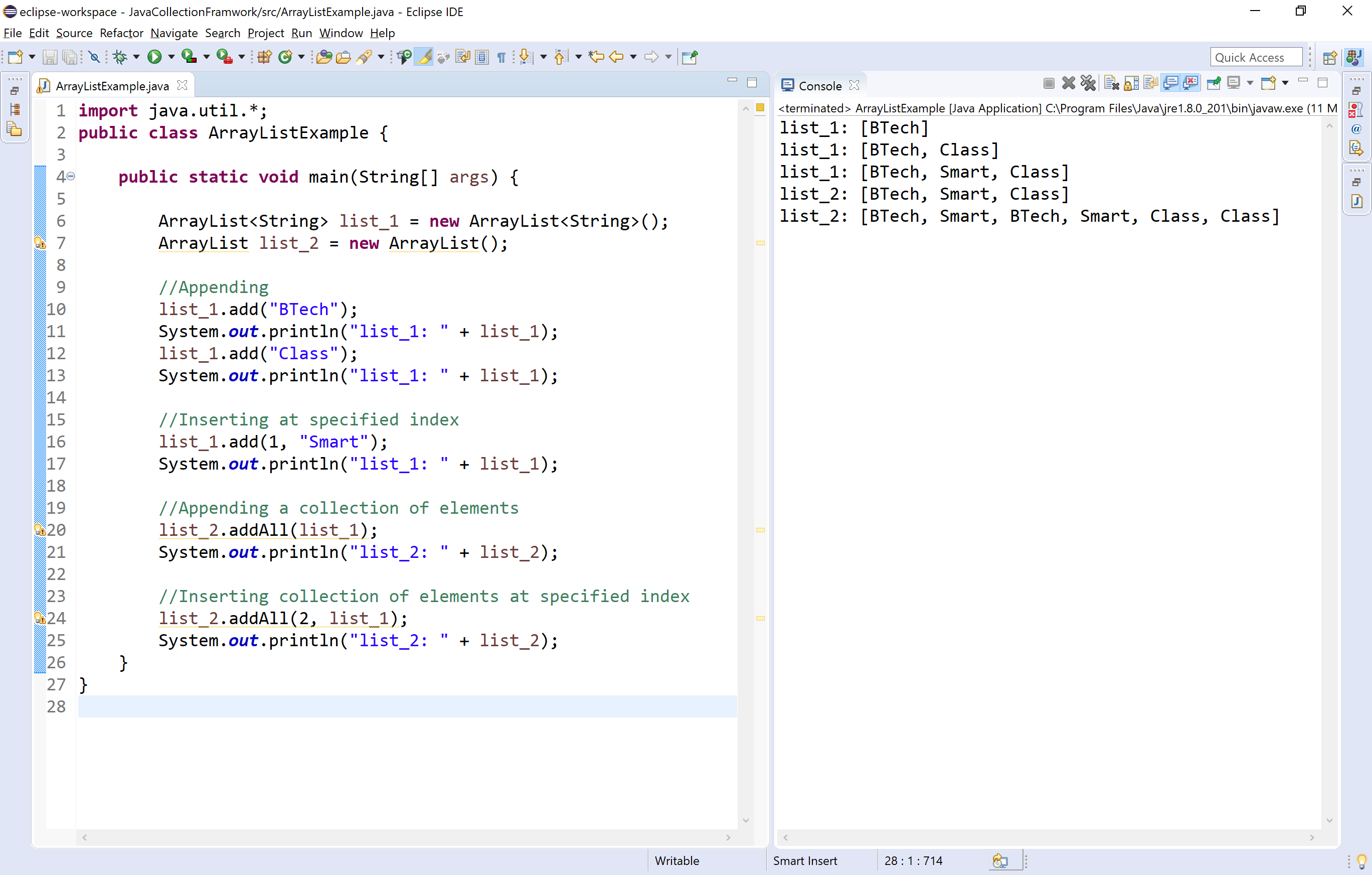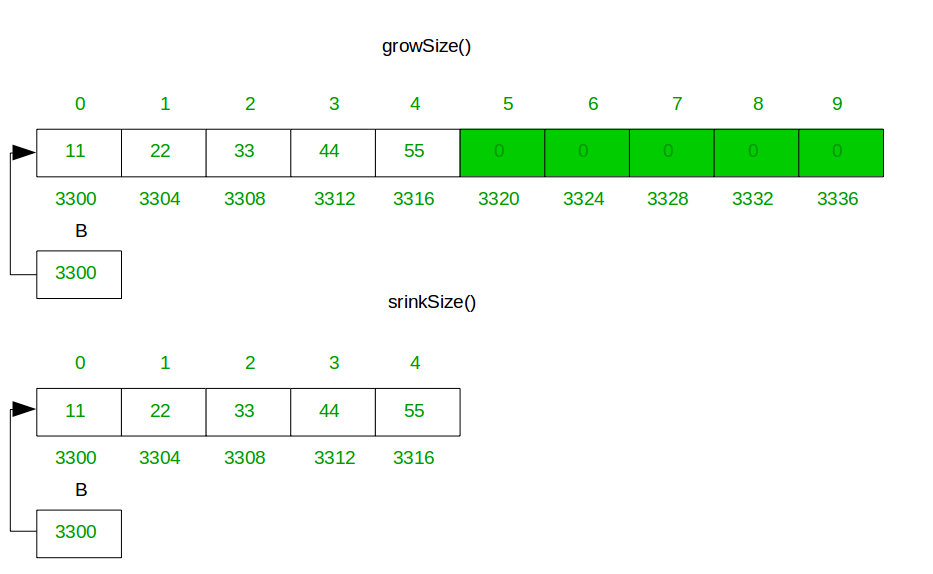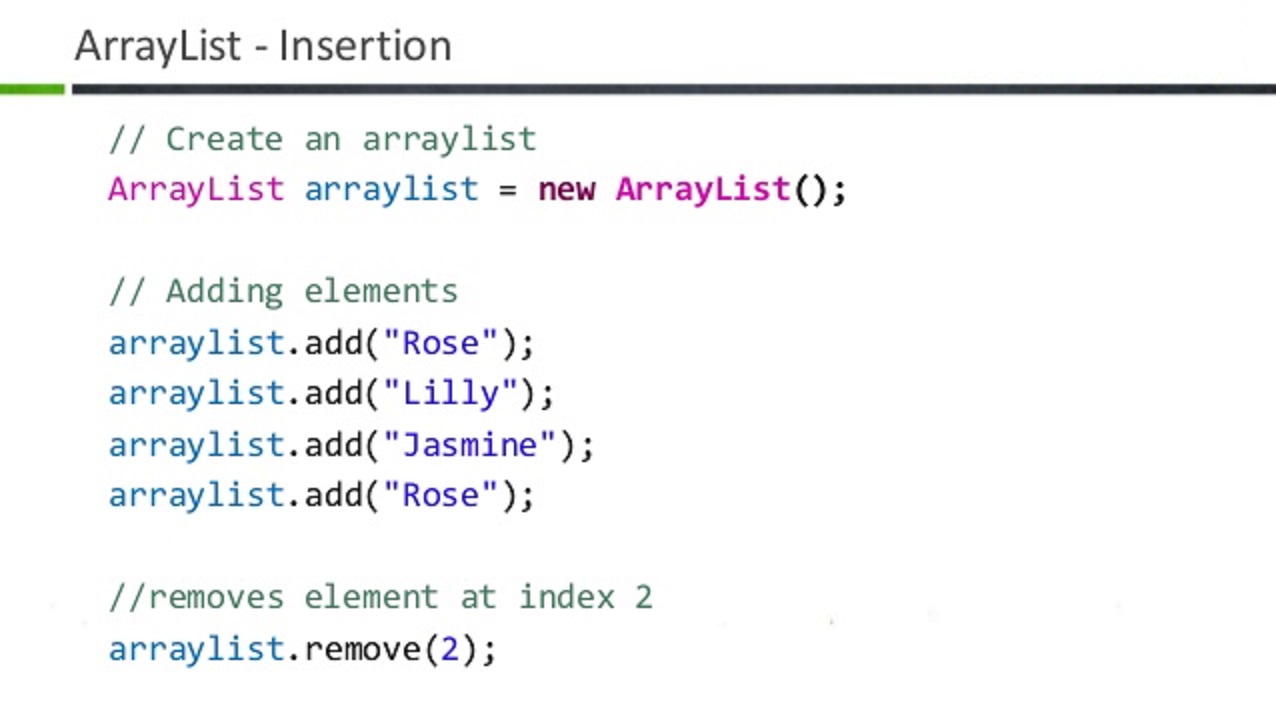Arrays And Collections: Creating And Manipulating Arrays ArrayList, LinkedList, And Other Collection Presentation
| Introduction to Arrays and Collections | ||
|---|---|---|
| Arrays and Collections are fundamental data structures used in programming. Arrays allow for the storage and manipulation of multiple values of the same type. Collections provide more flexibility and functionality compared to arrays. | ||
| 1 | ||
| Creating and Manipulating Arrays | ||
|---|---|---|
| To create an array, specify the data type and size in square brackets, such as int[] numbers = new int[5]. Arrays can be accessed using index notation, starting from 0, e.g., numbers[0] refers to the first element. Arrays can be resized using the Array.copyOf() method or by manually creating a new array with a larger size. | ||
| 2 | ||
| Introduction to ArrayList | ||
|---|---|---|
| ArrayList is a class in the Java Collections Framework that provides dynamic resizing and additional methods. To create an ArrayList, specify the data type in angle brackets, such as ArrayList<Integer> numbers = new ArrayList<>();. ArrayLists can dynamically grow or shrink in size, unlike regular arrays. | ||
| 3 | ||
| Manipulating ArrayList | ||
|---|---|---|
| To add elements to an ArrayList, use the add() method, e.g., numbers.add(10) adds 10 to the end. To access elements, use the get() method, e.g., numbers.get(0) retrieves the first element. ArrayLists can also be resized using the ensureCapacity() method or by removing elements using remove(). | ||
| 4 | ||
| Introduction to LinkedList | ||
|---|---|---|
| LinkedList is another class in the Java Collections Framework that provides dynamic resizing and additional methods. LinkedLists consist of nodes that hold both data and references to the next node. Insertion and deletion operations are more efficient in LinkedLists compared to ArrayLists. | ||
| 5 | ||
| Manipulating LinkedList | ||
|---|---|---|
| To add elements to a LinkedList, use the add() method, e.g., numbers.add(10) adds 10 to the end. To access elements, use the get() method, e.g., numbers.get(0) retrieves the first element. LinkedLists can be manipulated by adding, removing, or modifying nodes using methods like addFirst(), removeLast(), etc. | ||
| 6 | ||
| Other Collection Classes | ||
|---|---|---|
| Java provides various other collection classes like HashSet, TreeSet, HashMap, TreeMap, etc. HashSet and TreeSet are used for sets, which store unique elements without any particular order. HashMap and TreeMap are used for key-value pairs, with TreeMap maintaining a sorted order. | ||
| 7 | ||
| Common Collection Operations | ||
|---|---|---|
| Collections provide useful operations like sorting, searching, filtering, and iterating over elements. Sorting can be done using the sort() method of the Collections class or by implementing the Comparable interface. Searching can be performed using methods like contains(), indexOf(), or by implementing the Comparator interface. | ||
| 8 | ||
| Benefits of Collections over Arrays | ||
|---|---|---|
| Collections provide dynamic resizing, allowing for a more flexible approach compared to fixed-size arrays. Collections offer a wide range of methods and functionality, making it easier to manipulate and process data. Collections can store objects of different types, enabling the creation of heterogeneous data structures. | ||
| 9 | ||
| Conclusion | ||
|---|---|---|
| Arrays and Collections are essential tools for creating and manipulating data in programming. Arrays provide a simple and efficient way to store multiple values of the same type. Collections, such as ArrayList and LinkedList, offer more flexibility, dynamic resizing, and additional functionality. | ||
| 10 | ||
| References (download PPTX file for details) | ||
|---|---|---|
| Java Documentation: Arrays... https:// docs.oracle.com/ javase/ tutorial/ j... Java Documentation: ArrayList... |  | |
| 11 | ||
